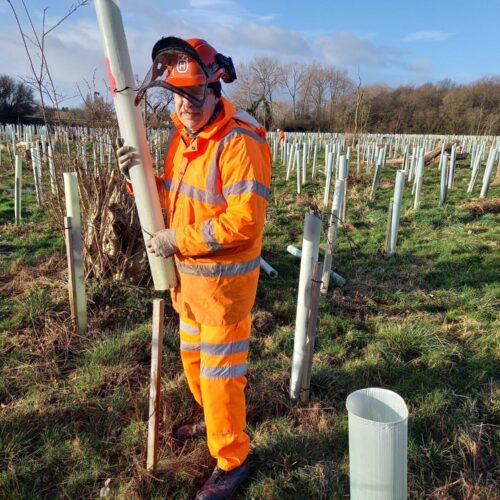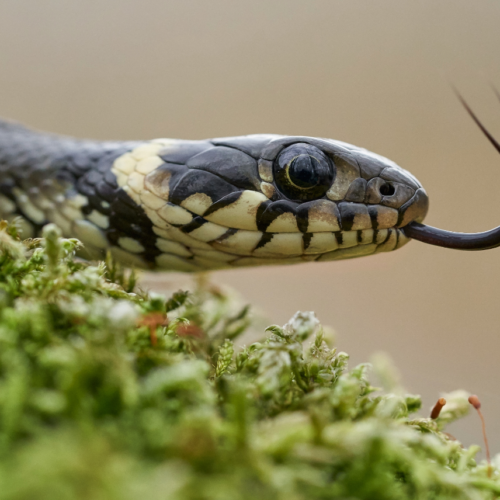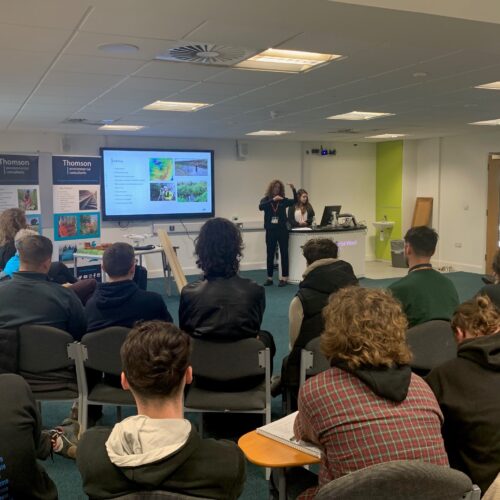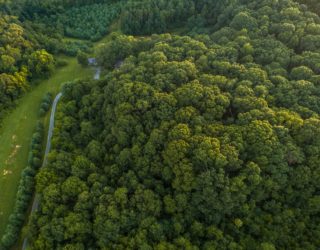New Zealand Pigmyweed (Crassula helmsii) is an invasive species listed on Schedule 9 of the Wildlife and Countryside Act 1981 (WCA), as amended. As such, it is illegal to allow it to grow in the wild.
Crassula helmsii causes major problems in freshwater aquatic habitats. It forms a mat over other vegetation, out-competing and killing submerged plants, causing a poor deoxygenated environment for invertebrates and fish and choking ponds and ditches. Severe oxygen depletion can occur beneath dense growths. It has spread rapidly since it was first introduced in the 1950s. It has driven rare species to extinction in the UK and is threatening others.
The available information on management of this species suggests that land managers are faced with a difficult but not impossible task to eradicate it from waterbodies.
Our sister company, Thomson Ecology, were contacted by a local council to provide recommendations on how to deal with an infestation of Crassula helmsii in a pond. The situation was made even more complicated as the pond supports a population of great crested newts (GCN). GCN and their habitat are strictly protected by a range of UK and EU legislation, including the Conservation of Species and Habitats Regulations 2010, as amended, and the Wildlife and Countryside Act 1981, as amended.
After a detailed analysis of the available information including scientific literature and case studies, Thomson Ecology provided three different options for the site. They included different approaches such as mechanical and manual removal, chemical spraying and a method using a UV blocking membrane. Considering the presence of GCNs, we also advised the client about the requirements for a conservation licence issued by Natural England.
The selected strategy will be included in a comprehensive Ecological Management Plan to enable pond management to benefit GCNs and the pond habitats.
This project provided an excellent opportunity for a constructive collaboration between the Thomson Ecology and Thomson Habitat teams. We work closely with our sister company to provide the client with a complete ecological service from initial strategic advice through to surveys and wildlife habitat restoration. By offering this integrated ecological solution, we can provide efficient, cost effective options whilst ensuring that quality standards are maintained.










